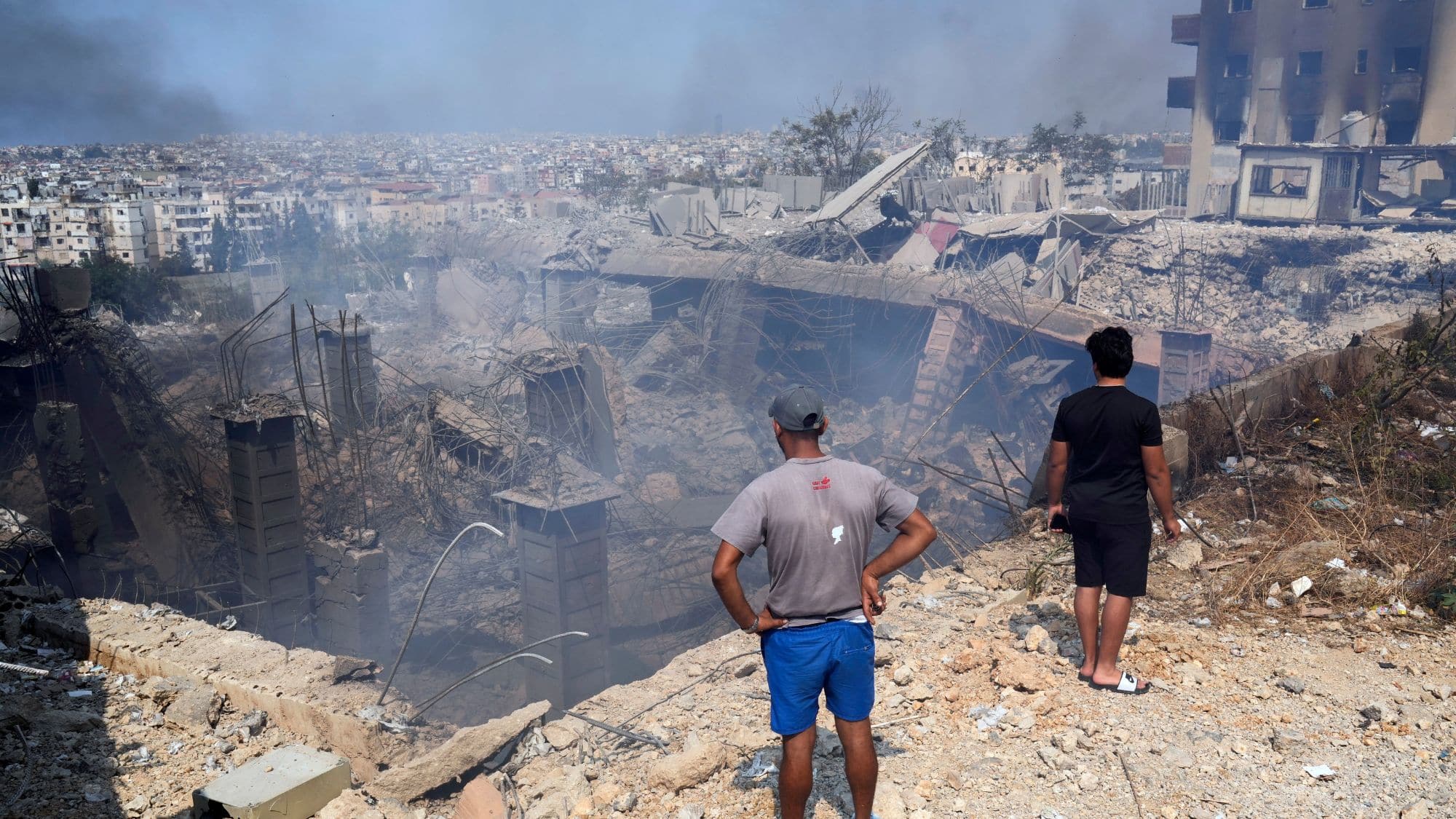Karaki has often been described in the media as one of the most influential leaders of Hezbollah. According to the organizational chart of the Israeli Army for Hezbollah’s Jihad Council, the group’s primary military apparatus, Karaki serves as the head of the Southern Command. He operates directly under the orders of Hezbollah chief Hassan Nasrallah, showcasing the intricate hierarchy and operational framework of this militant organization.
Understanding Hezbollah’s Organizational Structure
The structure of Hezbollah is meticulously organized, enabling it to manage its military, political, and social functions effectively. At the top of the hierarchy is Hassan Nasrallah, whose leadership has been pivotal in guiding the group through numerous conflicts.
The Role of Karaki in Hezbollah
As the leader of Hezbollah’s Southern Command, Karaki plays a crucial role in orchestrating military strategies and operations, particularly in southern Lebanon, an area notorious for its historical tensions with Israel. His leadership is characterized by a strict adherence to the strategic objectives set forth by Nasrallah, which often includes planning and executing military engagements and maintaining a robust defense during conflicts.
Hezbollah’s Military Strategies
The group employs a combination of guerrilla tactics and conventional warfare, adapting its strategies based on the evolving political landscape in the Middle East. Under Karaki’s leadership, Hezbollah has reportedly enhanced its capabilities, focusing on acquiring precision-guided missiles and unmanned aerial vehicles (UAVs) to fortify its military posture against perceived Israeli aggression.
Implications of Hezbollah’s Military Presence
The presence of Hezbollah in southern Lebanon has significant implications for regional stability. The group’s fortified military capabilities, driven by leaders like Karaki, pose complex challenges for Israel and other neighboring countries. As the dynamics in the region evolve, understanding the roles of influential leaders within such organizations becomes essential for comprehending broader geopolitical shifts.
Conclusion
In summary, Karaki’s role as a prominent Hezbollah leader highlights the intricate web of command and strategy within the organization. His alignment with Hassan Nasrallah underscores the operational continuity and the commitment of Hezbollah to its armed struggle against Israel. As the situation in the region continues to unfold, the influence of leaders like Karaki will remain a focal point for both intelligence analysts and policymakers alike.
